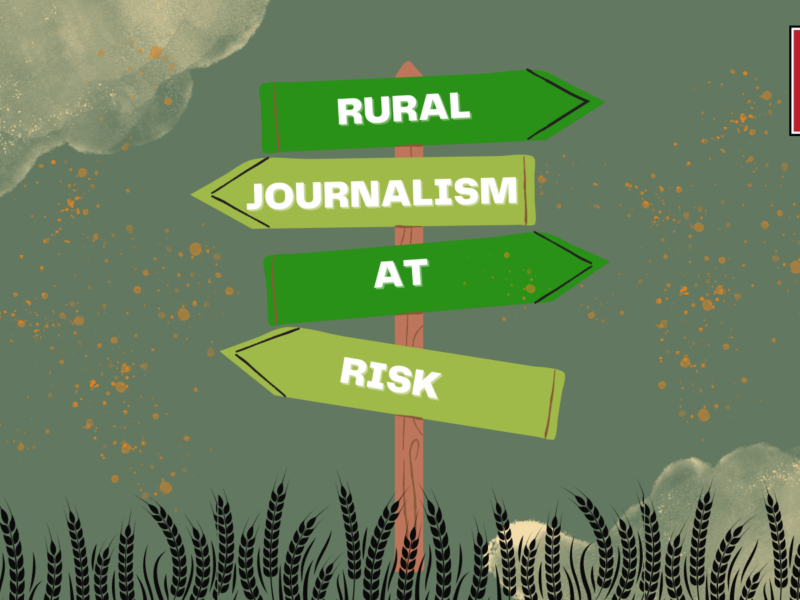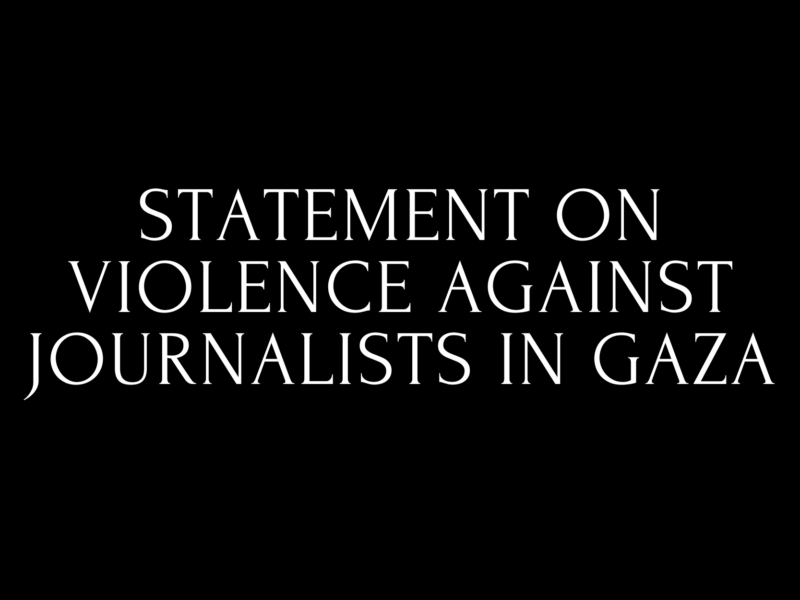Center for Media at Risk (CM@R) visiting scholar Wazhmah Osman moderated a discussion spanning the two decades of the post-9/11 US and EU missions and interventions in Afghanistan.
The panel features three prominent, award-winning Afghan journalists and media makers, Najiba Ayubi, Roya Sadat, and Sanjar Sohail, whom Osman featured in her book Television and the Afghan Culture Wars: Brought to You by Foreigners, Warlords, and Activists (University of Illinois Press, 2020). Now in exile in North America and Europe, the panelists reflect on the hasty 2021 US withdrawal of Afghanistan, evacuations and the subsequent Taliban takeover of the country, as well as the hardships of becoming new refugees, trying to continue their unfinished media work from afar while in exile and attempting to start new media projects in their new host countries. Having been at the forefront of the Afghan culture wars and human rights contestations, these prolific media makers also reflect on the rapid emergence and expansion of the foreign-funded Afghan media, highlighting its successes and pitfalls. They comment on the dangers and violence that media makers, including themselves, were subjected to by ruling elites who did not appreciate their reporting and stories. The panel also features a short film, Afghan Media Mash-Up: A Homage to Afghan Culture and Media (Osman 2023), that highlights some of the incredible media that was produced in the twenty years prior to the collapse of the Afghan government.
Panelist Biographies
Najiba Ayubi is an internationally recognized journalist and the managing director of The Killid Group, an Afghan media network consisting of an extensive network of radio stations with a total of 12 million listeners. She also managed multiple magazines, with a large offline and online presence. She is also the country director of the International Association of Women in Radio & Television. Moreover, she was the only woman sent as part of a delegation of journalists to speak with the Taliban in Doha.
Roya Sadat is a prominent television and film director and writer. She was a writer and director for Tolo TV’s first and second post-9/11 dramatic serial, Raazah En Khana (The secrets of this house) and Baheshti Khamosh (Silent heaven). Tolo TV was one of Afghanistan’s most commercially successful television stations. Her third serial, Khate Sewom (the third line), became a huge hit with audiences domestically and with the diaspora abroad. She also produced public information campaigns for Tolo TV. Her national unity and diversity campaign “We are all Afghan” became an audience favorite. Her award-winning films about the struggles and resistance of Afghan women have screened around the world. She is currently working on multiple films, including the Sharp Edge of Peace, which is in the running for prestigious international film festivals.
Sanjar Sohail is the publisher and founder of Hashte Subh (Eight in the morning), Afghanistan’s largest and longest running independent daily newspaper post-Taliban 1.0. Hashte Subh has millions of followers offline and online. He was also the News and Current Affairs Manager of both the National broadcasting network, Radio and Television Afghanistan (RTA) and the private television station, Saba TV. Mr. Sohail and his organizations often partnered with the Independent Human Rights Commission of Afghanistan, a UN-mandated independent body to produce hard hitting investigative reports on local and international warlords.
References
Osman, Wazhmah. 2020. Television and the Afghan Culture Wars: Brought to You by Foreigners, Warlords, and Activists. Champaign: University of Illinois Press.
Osman, Wazhmah. 2022. “Transformations in Afghan Media and Culture Through Cycles of Upheaval.” Current History (April 2022): 135-140. https://doi.org/10.1525/curh.2022.121.834.135
Osman, Wazhmah, 2023. “Afghan Television Dramas: Balancing Entertainment with the Realities of War.” In Middle Eastern Television Drama: Politics, Aesthetics, Practices (1st ed.), 142-153, edited by C. Salamandra & N. Halabi, pages. Routledge. https://doi.org/10.4324/9781003185161


